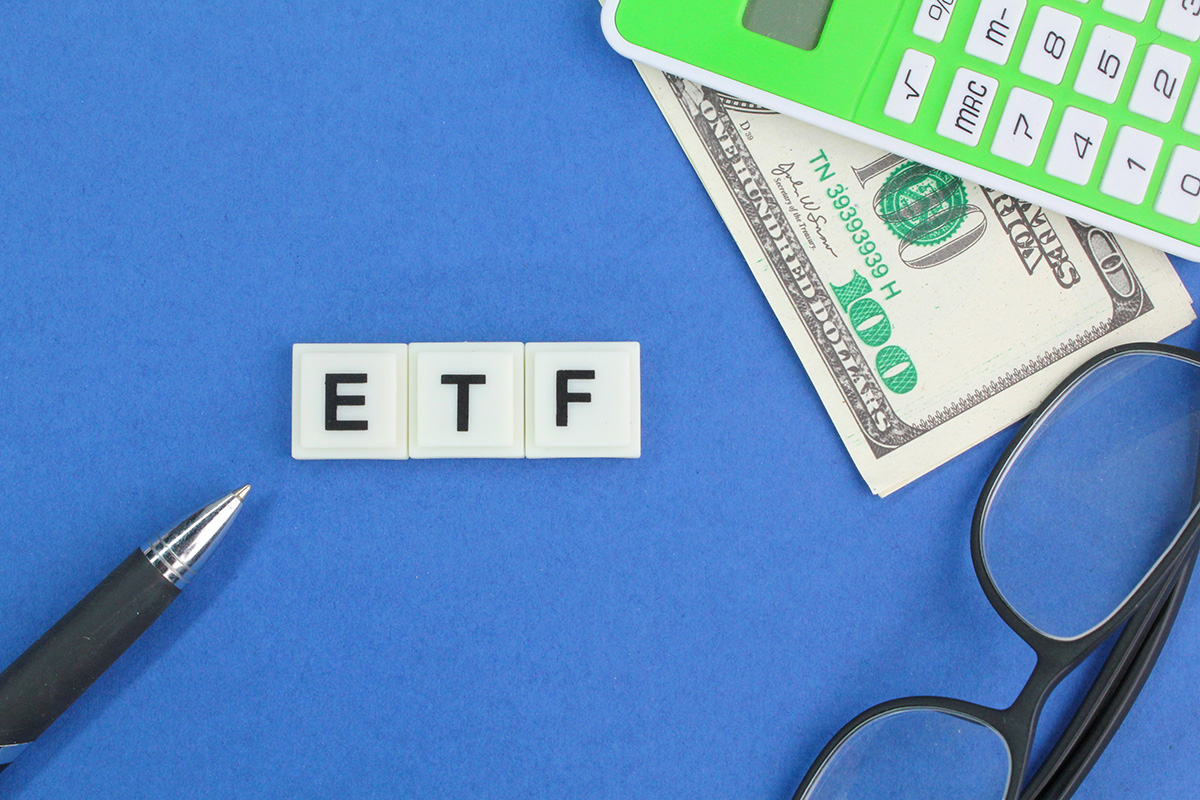
2024.10.10
What is an ETF?
An ETF (exchange traded fund) is one of the most popular financial instruments that is gaining popularity among investors due to its simplicity, flexibility, and diversification options. For novice investors, ETFs can be a great start, but to make an informed choice, it's important to understand how these funds work, their advantages, and disadvantages compared to individual stocks.
In this article, we'll look at what an ETF is, its structure, pros and cons, and provide some tips on choosing the right ETF for your investment portfolio.
ETF Definition
An ETF is an exchange-traded investment fund that is traded on an exchange like a stock. An ETF consists of a mix of assets such as stocks, bonds, commodities, or a combination of different types of assets. This means that when you buy one share of an ETF, you are actually investing in a basket of assets.
Each ETF tends to follow a specific index, market sector, or strategy. For example, one ETF might track the S&P 500 index, another might track the technology sector index, while a third might track the property or bond market.
How it works?
An ETF trades on a stock exchange like any other stock. The value of one share of an ETF changes during the trading day, depending on the prices of the assets that make up the ETF. When an investor buys an ETF, they receive a proportionate share of all the assets contained in that fund.
The main advantage of ETFs is that they offer diversification at a minimal cost. Instead of buying individual stocks of multiple companies, an investor can simply purchase an ETF that already contains those stocks.
Pros and cons of ETFs versus stocks
Pros of ETFs
- Diversification
One of the major pros of ETFs is diversification. By investing in one fund, you get access to a whole range of assets. This helps reduce risk: even if one of the fund's stocks goes down, other assets can offset the losses. - Low fees
Most ETFs have low management fees compared to active investment funds because they simply track a particular index or sector, without the need for active management. - Trading flexibility
ETFs are traded on an exchange, allowing investors to buy and sell them during the trading day at current market prices. This gives more flexibility compared to mutual funds, which are only priced at the end of the day. - Transparency
ETFs often publish the composition of their assets in real time, allowing investors to know exactly what assets are in the fund.
Cons of ETFs
- Trading commissions
Although ETF management fees are low, traders may face commissions for buying and selling on the exchange, especially if they are actively trading. - Limited active management options
ETFs mostly follow indices or sectors, and investors cannot actively manage these assets. This can be a disadvantage for those who prefer active management of their investments. - Potential taxes on gains
If a fund makes profits from the sale of assets, the investor may be liable to pay capital gains taxes.
How do I choose the right ETF?
When choosing an ETF, it's important to consider several key factors:
- Investment objective
Think about your investment goals. If you want a long-term investment with minimal risk, ETFs that track broad indices, such as the S&P 500, are appropriate. - Risk level
Different ETFs have different levels of risk. For example, an ETF that tracks the bond market will be less volatile than a fund focused on technology stocks. - Fees
Pay attention to the management fee (expense ratio). This is the percentage the fund charges for asset management. The lower the fee, the more of your income will stay with you. - Liquidity
The liquidity of an ETF is how easy it is to buy or sell it on the exchange. The higher the liquidity of a fund, the easier it is to transact at fair prices.
Examples of popular ETFs
- SPDR S&P 500 ETF (SPY)
This is one of the largest and most well-known ETFs that tracks the S&P 500 index, which includes the 500 largest companies in the United States. It is a good choice for those who want to invest in the broad market at a low cost. - Vanguard Total Stock Market ETF (VTI)
This ETF provides access to virtually the entire U.S. stock market, including both large and small companies. This is another great option for long-term investing. - Invesco QQQ Trust (QQQ)
The QQQ Trust tracks the Nasdaq 100 Index, which includes large technology companies like Apple, Microsoft, and Amazon. It's a good choice for those who believe in the growth of the technology sector.
Conclusion
ETFs are a powerful tool for investors, offering diversification, flexibility, and low costs. When choosing an ETF, you should consider your investment objectives, risk level, and commission costs. And with the wide variety of ETFs available in the market, every investor can find one that fits their strategy and preferences.